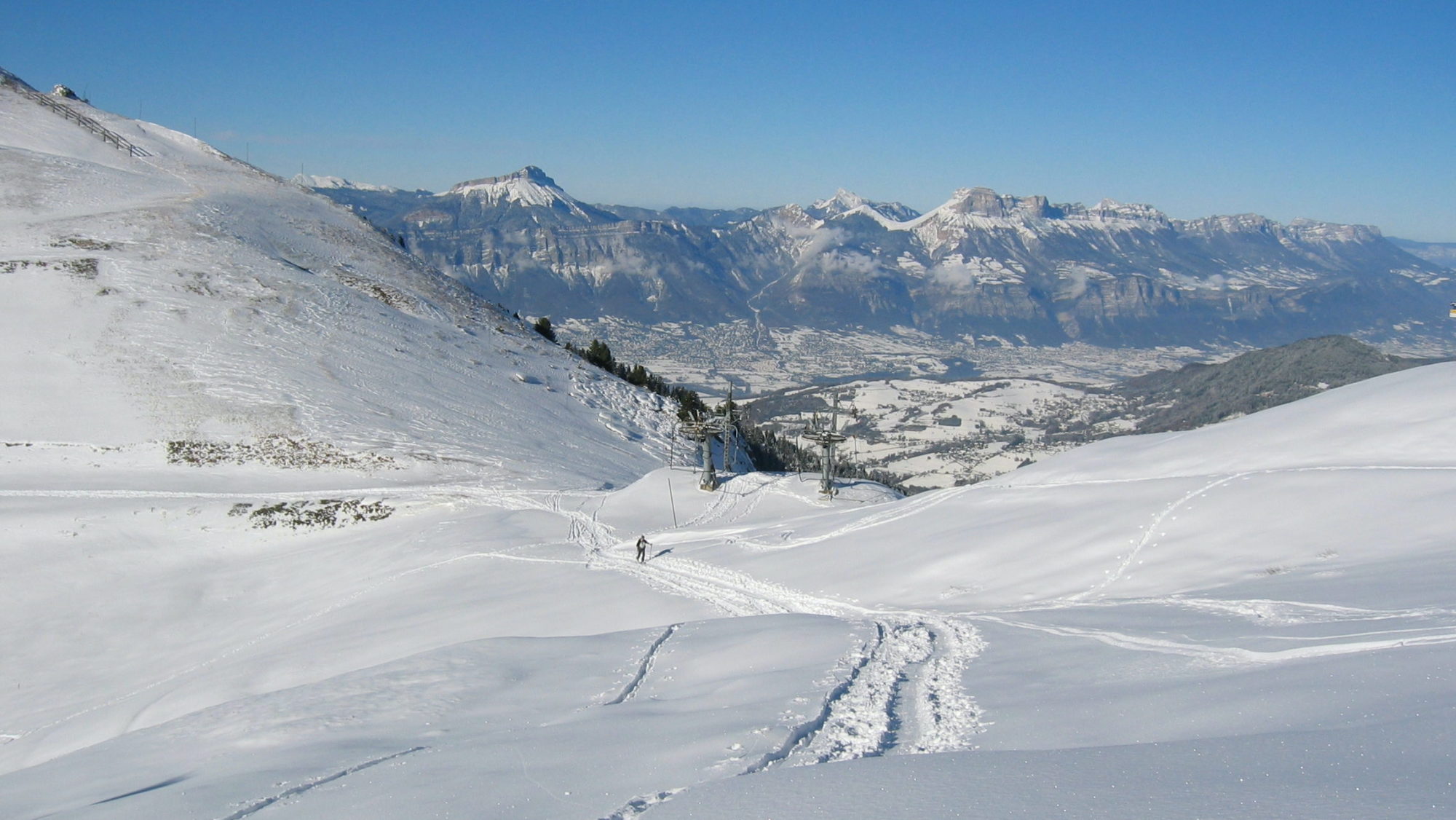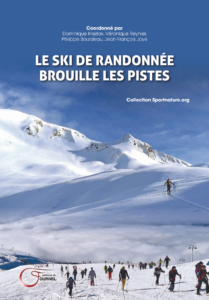Publications
When ski touring blurs the trail: what researchers have to say
 © Leïla Shahshahani
© Leïla Shahshahani
Go downhill on skins. Use resort facilities. Take part in Olympic events. Has ski touring lost its compass and is it moving in the wrong direction? The many changes taking place in the discipline – both in the way it is practiced and in the profile of its enthusiasts – are redrawing its contours and raising new challenges. It was high time for an interdisciplinary look at the subject by researchers and experts.
Dominique Kreziak, a researcher at the Irege laboratory of the Université Savoie-Mont-Blanc (USMB), coordinated the book Le ski de randonnée brouille les pistes, just published by Éditions du Fournel, alongside Véronique Reynier and Philippe Bourdeau of the Pacte laboratory (Université Grenoble Alpes) and Jean-François Joye (Centre de recherche en droit Antoine Favre – USMB).
This book is a continuation of the research work carried out within Labex ITTEM. Dominique Kreziak tells us more.
Labex ITTEM: How did you come up with the idea for this book?
Dominique Kreziak: A research project often starts with a surprise and discussions between researchers: we were observing a revival of ski touring, in terms of its forms, its practitioners, its places of practice but also its equipment, coupled with a visible increase in the number of its practitioners: what is the sign of this?
We wanted to observe and document these developments, but also to interpret them in the light of more global changes in society. We wanted to combine our expertise to shed light on a subject that is both historical (ski touring is the ancestor of winter sports) and highly contemporary, in the context of the need for transition in the mountain regions we are all passionate about.
The book compiles our work and reflections, with the complementary viewpoints of privileged witnesses to these developments (refuge wardens, guides, industrialists, etc.).
Labex ITTEM: What are the main themes addressed and who are the contributors to this book?
Dominique Kreziak: First of all, we studied the participants and their practices, through various surveys. What do they do? Who are they? What can we say about their relationship with nature and risk? How has ski touring evolved over time? This part, coordinated by Véronique Reynier, focuses on the sociology and psychosociology of sport.
But changes in practice also raise questions about the spaces and territories concerned, from nomadic skiing to refuges, from the Queyras to geolocation. This is what the team of geographers led by Philippe Bourdeau has been studying.
The increase in the number of ski enthusiasts and the diversity of venues (from wide open spaces to winter sports resorts) also has legal and regulatory consequences, examined by a team of legal experts coordinated by Jean-François Joye.
Finally, I brought a management science perspective to bear on the growth of ski touring in ski areas. Initially marginal, their growth has prompted resorts to adapt, firstly for safety reasons and then for strategic reflection: ski touring in groomed or secured areas can be valuable! It’s time to rethink the “extension of the slope domain”!
Labex ITTEM: Is the evolution of ski touring a recent trend, or is it a gradual phenomenon?
Dominique Kreziak: It’s a gradual phenomenon, but it has accelerated recently and gained in visibility. It’s still in the process of changing, but these developments are weak signals of changes in our relationship with physical activity, our connection with nature, and the evolution of facilities and outdoor practices.
This subject is both an entry point and an observation post for changes in mountain leisure and tourism practices, which are part of a much broader framework of transition, particularly environmental transition. Over the course of the project, for example, we have seen the number of courses set up in resorts rise from 5 to almost 200 in France. Things are continuing to evolve, so we may have to write a Volume 2!
Labex ITTEM: What impact have the Covid crisis and the closure of ski lifts had on the evolution of this practice? Is it possible to say whether the effects observed will become part of a long-term trend, or whether this was just a parenthesis?
Dominique Kreziak: The Covid crisis was an opportunity to experiment with other uses of the resorts, and many people tried ski touring during this episode, particularly in the resorts. In this respect, it was an accelerating effect, but one that has now partly subsided. Some people went back to their old ways as soon as the crisis was over, which is a normal phenomenon, but others persisted. Above all, this has made it even more visible. But the phenomenon existed before the crisis, and is likely to persist, even if volumes remain low: it’s not going to replace downhill skiing, and certainly not all at once, not least because the current economic model isn’t suited to it. But it does broaden the repertoire of practices to be tried, and even adopted, beyond the traditional public.
The book can be ordered from the Éditions du Fournel website.

See all publications supported by Labex ITTEM.
